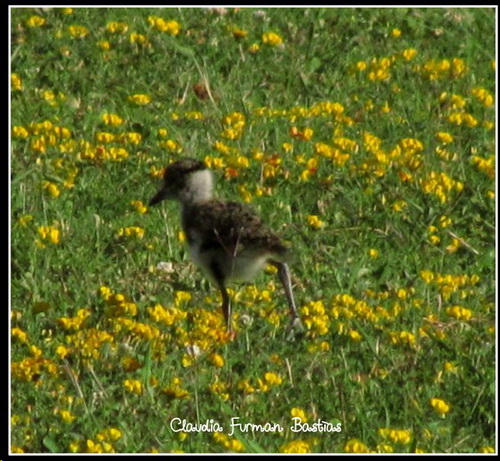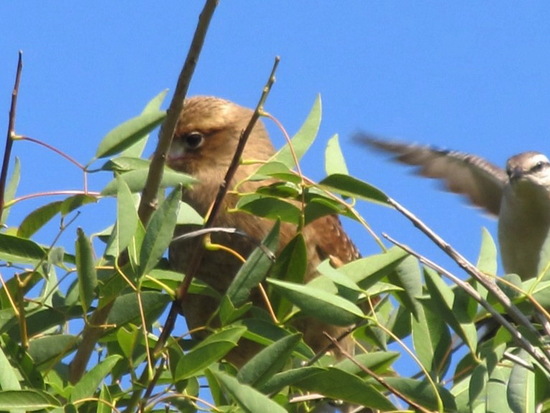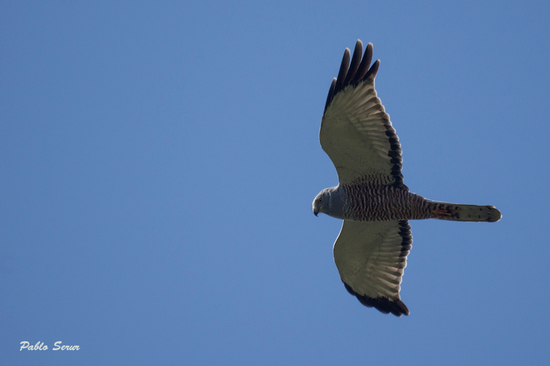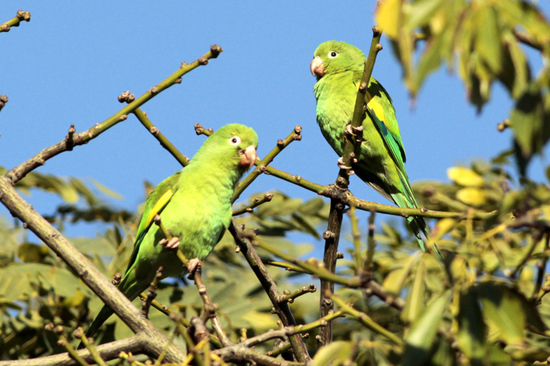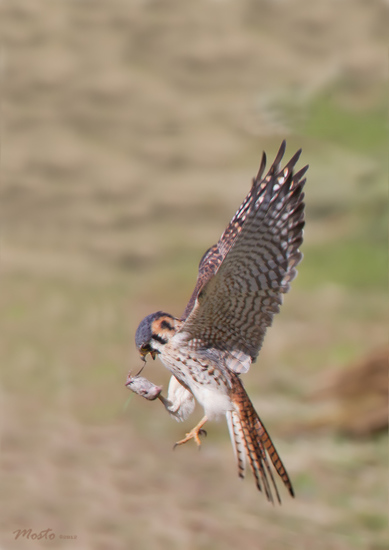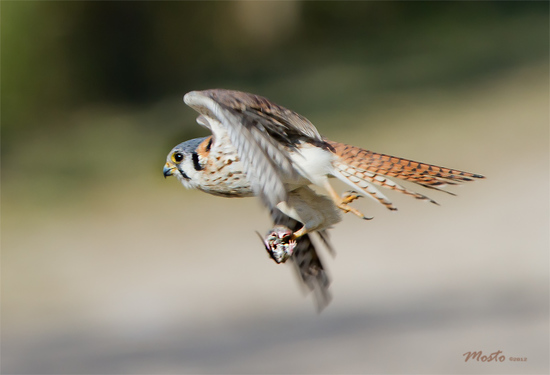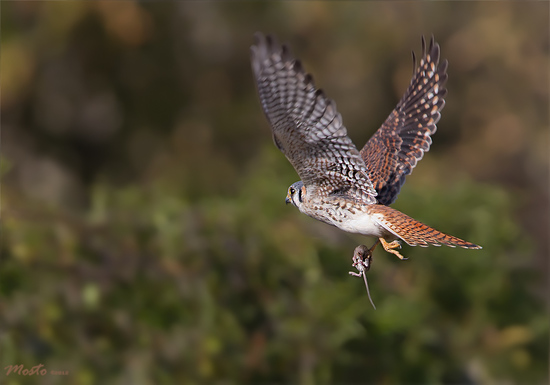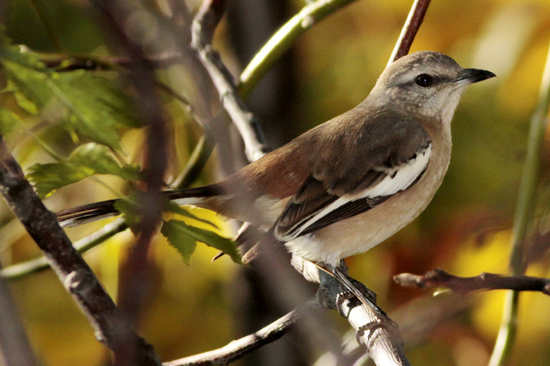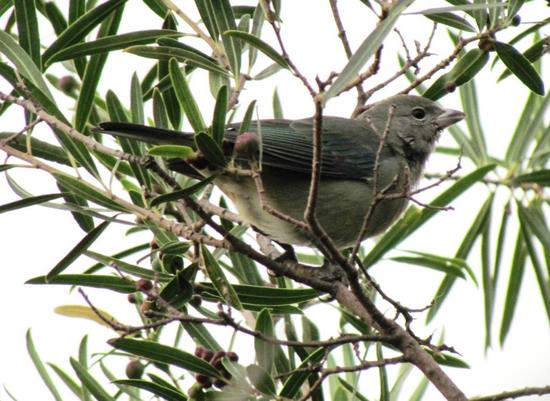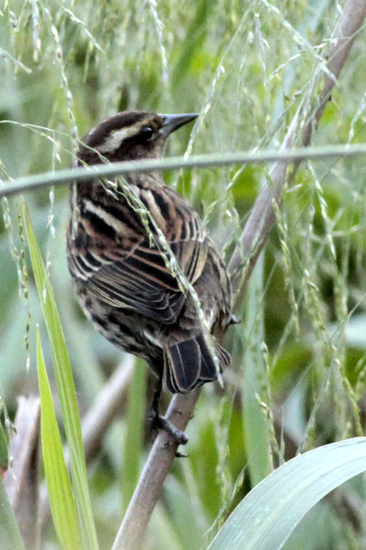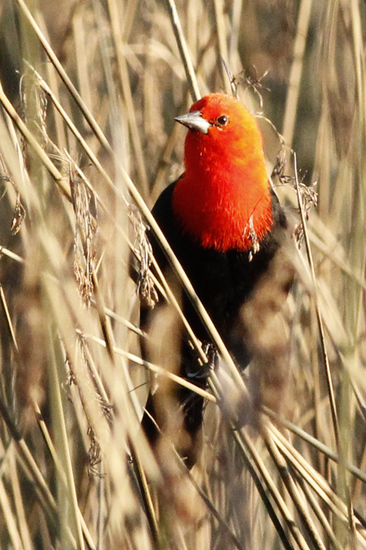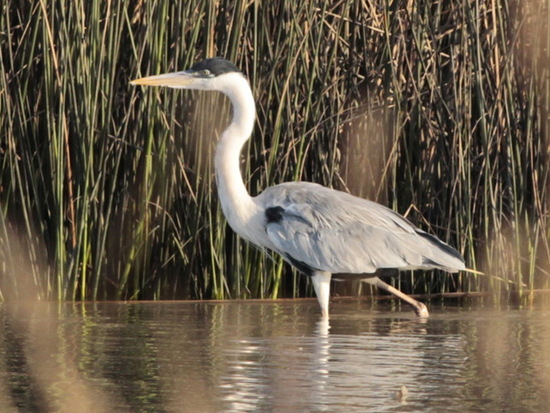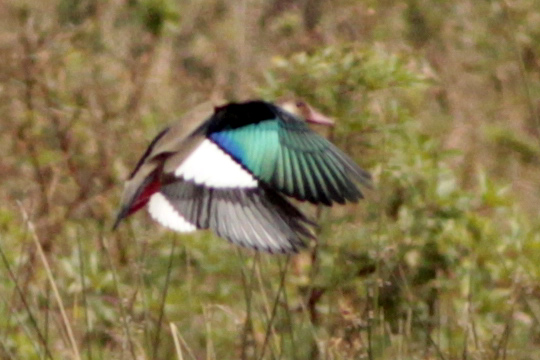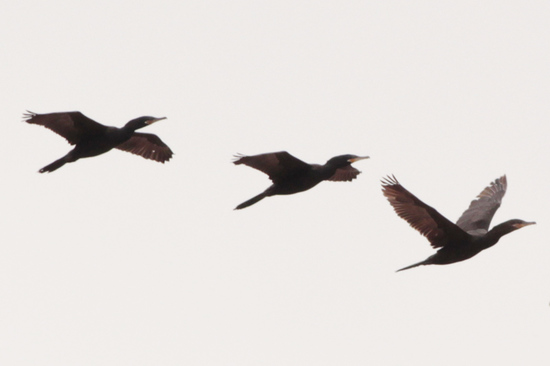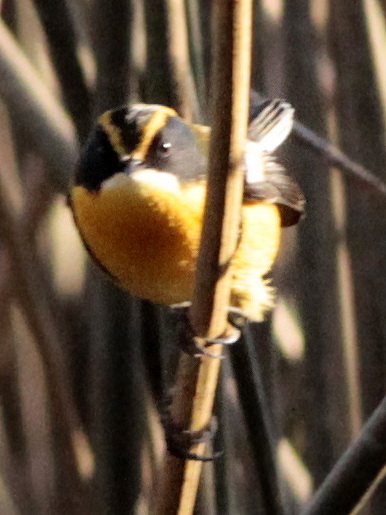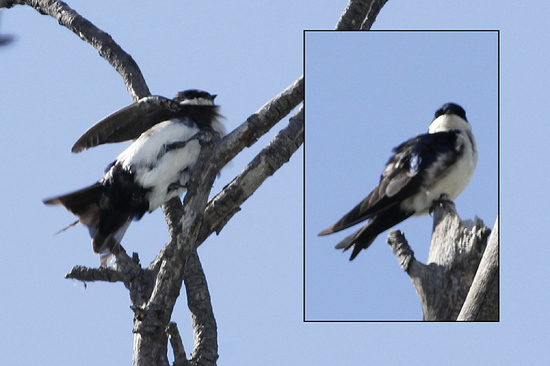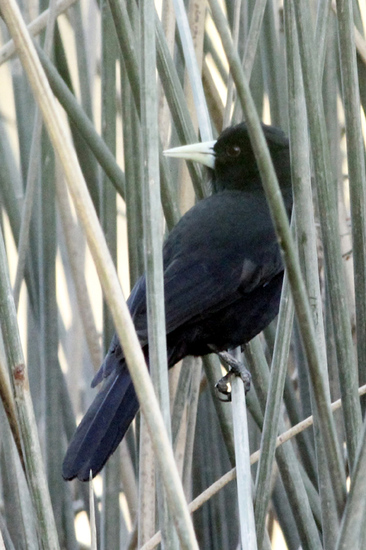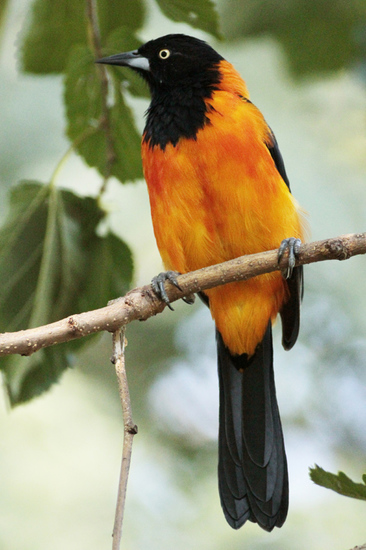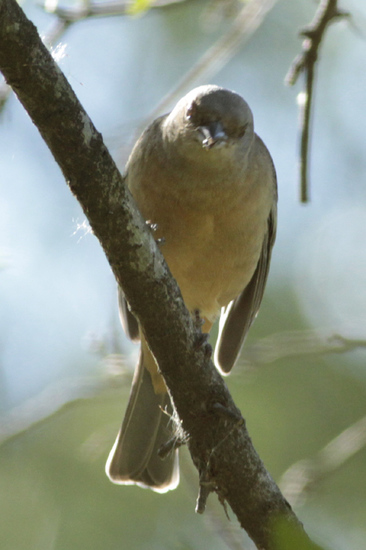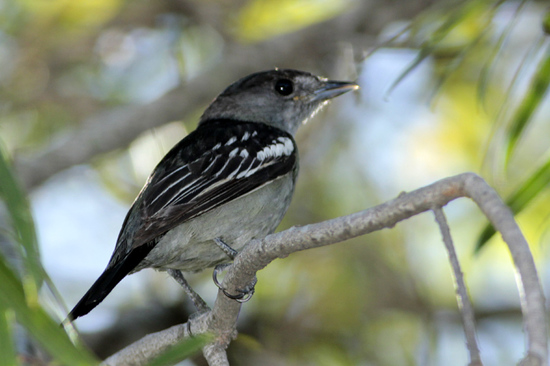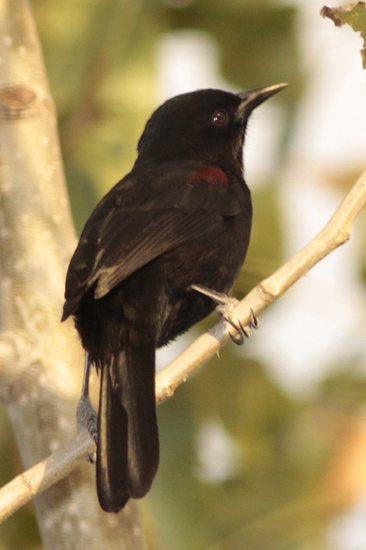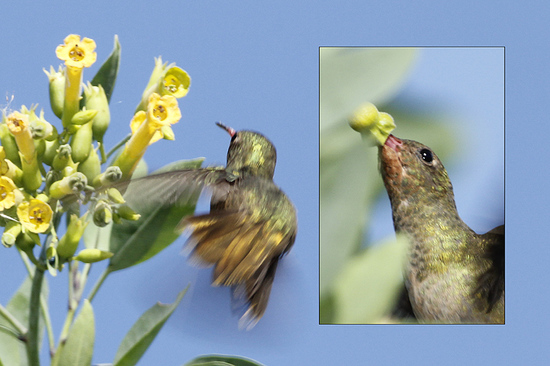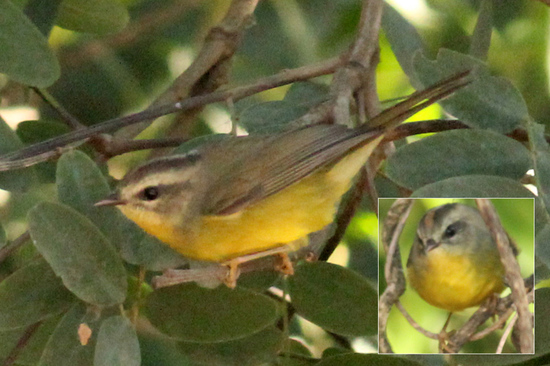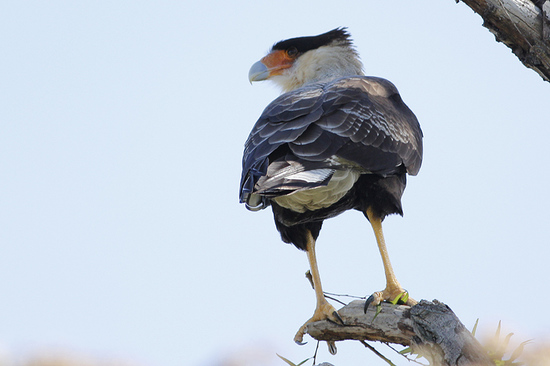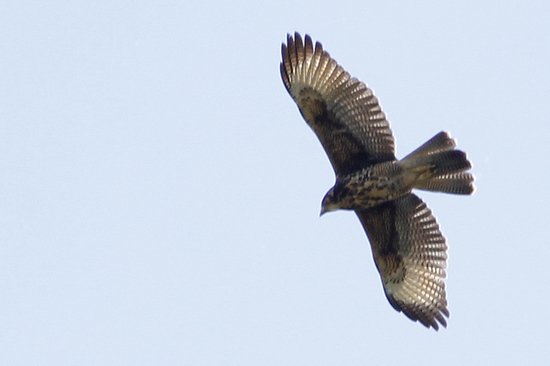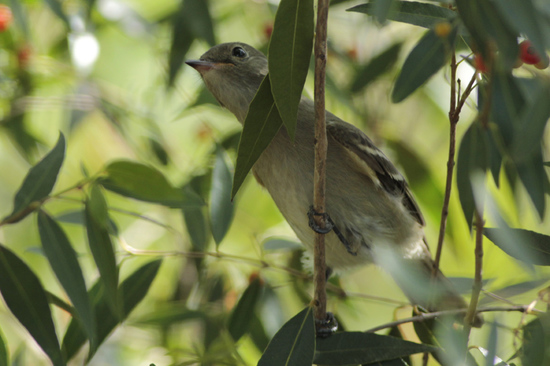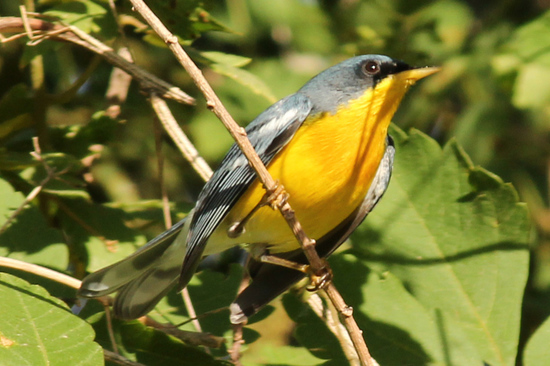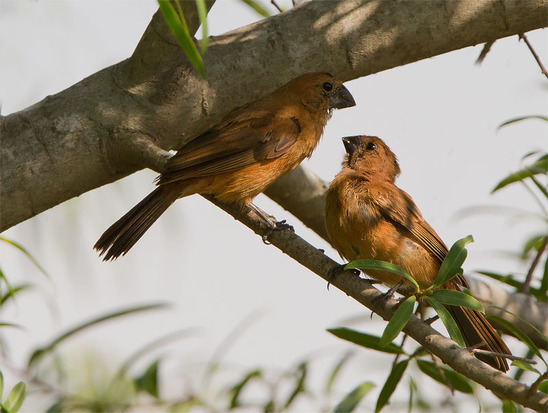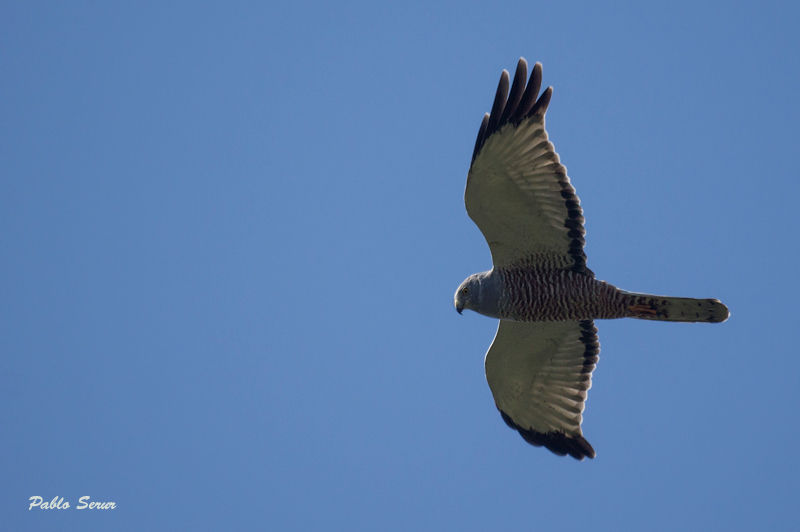News - April 2012
| Butterflies |
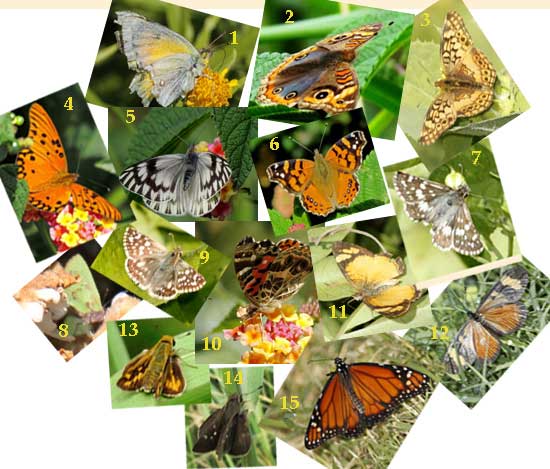 1 - Lesbia Sulphur (female) 1 - Lesbia Sulphur (female) Colias lesbia - JST 2 - Southern Buckeye cheapest viagra canada Junonia genoveva hilaris - CGL 3 - Southern Fritillary Euptoieta hortensia - JST 4 - Gulf Fritillary Agraulis vanillae maculosa - CGL 5 - Argentine White-milk Tatochila mercedis vanvolxemii - CGL 6 - Chilean Lady Vanessa carye - CGL 7 - Argentine Checkered Skipper Pyrgus orcynoides - JST 8 - Remus Greenstreak Cyanophrys remus - CR 9 - American White Skipper Heliopyrgus americanus bellatrix - JST 10 - Southamerican Lady Vanessa braziliensis - JST 11 - Claudina Crescent Claudina tegosa - JST 12 - Big Lazy Actinote pyrrha - JST 13 - Fiery Skipper Hylephila phyleus - CGL 14 - Eufala Skipper Lerodea eufala - CGL 15 - Southern Monarch Danaus erippus- JST © CGL - Carlos Gonzalez Ledo © JST - J. Simón Tagtachian © CR - Cora Rimoldi |
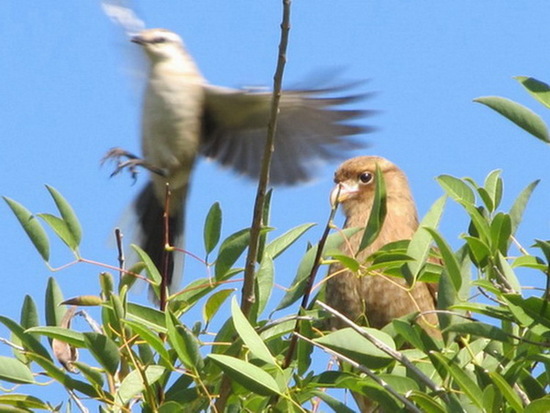
This chimango caracara sat on a cock spur coral tree occupied by chalk-browed mockingbirds. An unpleasant visitor for the mockingbirds. They tried hard to drive it away but failed. So they left the tree. As the owner of the place the chimango stayed motionless for a while, took off and disappeared from sight.
This pair of monarchs (male on the right and female on the left) is mating on a Lantana (Lantana camara). This is the condition sine qua non to initiate the life cycle of a new generation of monarchs. Male and female back to back put into contact the tips of the their abdomens, where the copulatory organs are. They function like a key-lock system and must match perfectly. Otherwise, the process of recognition, where pheromones and sounds have already proved effective, is interrupted. They remain attached in this position for a very long time till the sperm transference is finished. If they are bothered they move somewhere else without uncoupling.
Monarchs like all butterflies and many other insects are holometabolic. That is, to become a butterfly they undergo four phases: egg, caterpillar, pupa or chrysalis and finally adult or imago, the butterfly.
Something white moved through the vegetation of the Viamonte Canal. Only when I saw its head did I associate it to an opossum. The Thick-tailed Opossum is not uncommon since it is a resident, but an albino individual in fact it is since they are not frequent in the wild. We could not see it in great detail so I might be confusing it with the white ferret, which is not at the reserve but it is presently being sold as a pet. So I consulted Marcelo Canevari, a specialist in mammals and author of several books, and Lucas Damer, a naturalist working at the reserve, to clear up the doubt. Both were of the opinion that it seemed an albino thick-tailed opossum.
| Butterflies Several butterfly species aggregated on the Baccharis, a native bush, along the Viamonte Canal. All of them were testing for nectar. Butterflies feed by sucking up liquids, basically nectar, through a fine tube named proboscis. The proboscis is a very flexible "tongue" which is either practically extended when feeding (as seen in the video) or rolled up under the head when they are at rest. Its length varies according to the species and may even be absent. Bees are also very loyal to the Baccharis. They are commonly seen exploring these bushes for food. Here a bee is attacked by a wasp. Difference in size between these two insects is significant. The action is very short and occurred so quickly that it was slowed down for a better view. The wasp seems to attack the bee in the eye. The perturbed bee moves to a nearby flower and the wasp disappears. An attack without an apparent cause? Finally the last attack is between lazies Actinote sp.. A sitting lazy is attacked by another lazy quite aggressively. A typical behaviour of this genus, which is said to be territorial. Anyway, the conflict is solved without major changes in the characters. The butterfly sitting on the flower could not be driven away and the attacker was content with the adjacent flower. Video © Roberto Ares - Texto: Cora Rimoldi |


